Vietnam tourist visa (symbol: DL) is one of the most popular types of Vietnam visa. When planning a relaxing vacation on sunny white sand beaches or exploring ancient temples, it is essential to understand the Vietnam tourist visa application process. Elitrawo will provide detailed instructions on how to apply for a Vietnam visa.
List of Contents
- 1. Overview of Vietnam Tourist Visa
- 2. Why Visit Vietnam?
- 3. Types of Vietnam Tourist Visas
- 4. Duration of Vietnam tourist visa
- 5. Vietnam Visa Exemption Countries & Duration
- 6. Vietnam tourist visa requirements
- 7. How to Apply for a Vietnam Tourist Visa
- 8. Procedure for online e-visa registration
- 9. Vietnam Tourist Visa Cost
- 10. Essential Tips for First-Time Visitors in Vietnam
- 11. How to extend a Vietnam tourist visa?
- 12. Conclusion
- FAQs
1. Overview of Vietnam Tourist Visa
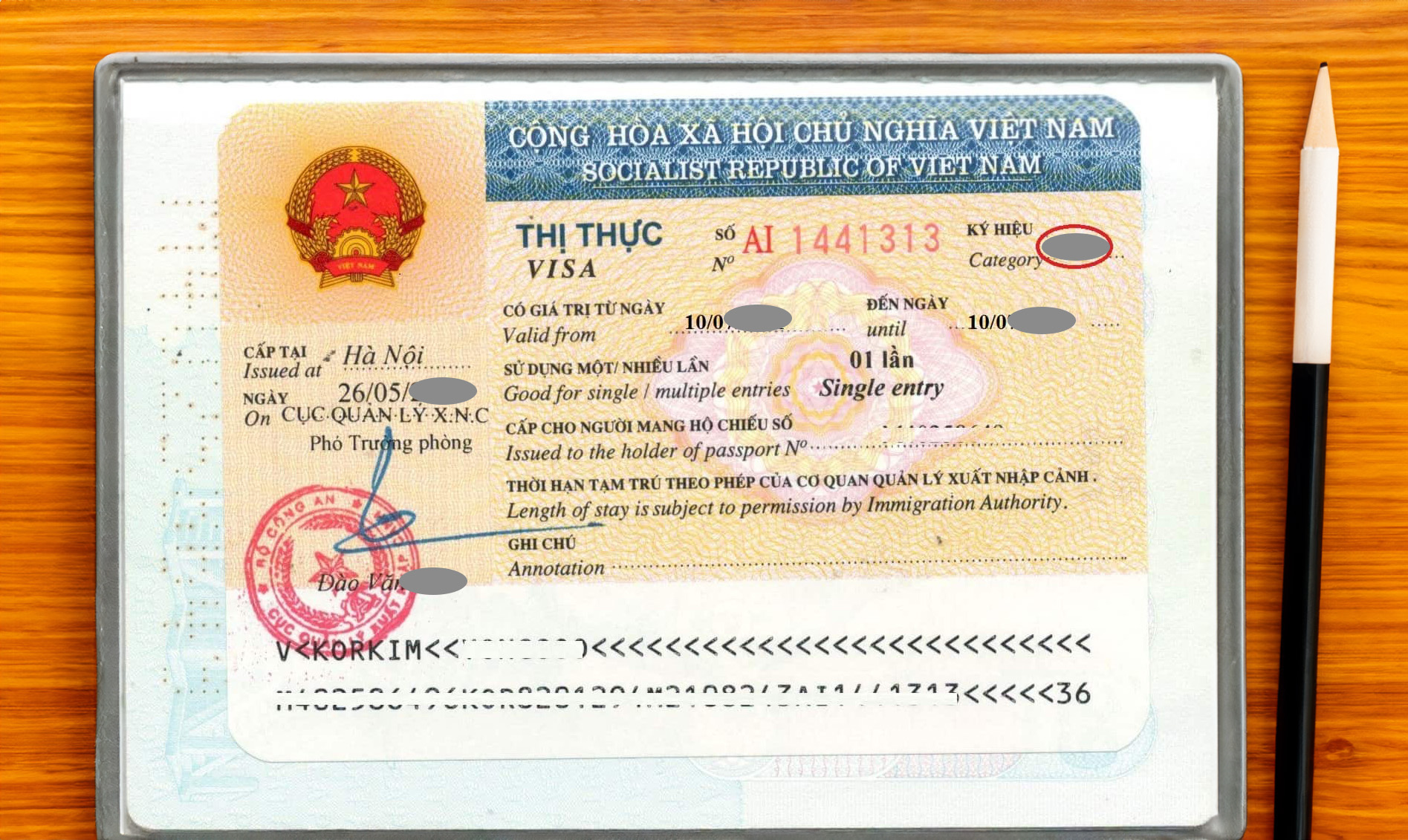
Currently, Vietnam has allowed the application of electronic visas (E-Visa) for citizens of all countries, including 257 countries and territories. And, of course, including a Vietnam tourist visa.
A Vietnam tourist visa is an official travel document that allows international visitors to enter and stay in Vietnam for a specific duration, primarily for tourism. This visa is designed for those who wish to explore Vietnam's diverse landscapes, engage with its local communities, and experience its rich cultural heritage.
It is important to note that the Vietnam tourist visa is strictly for leisure and sightseeing purposes, and it does not permit foreigners to work or undertake any professional activities during their stay in Vietnam. The Duration and requirements for the visa may vary, so the content of this article is a necessary supplement for tourists when looking for information about Vietnam tourist visas.
Important information: From August 15, 2023, visitors can apply for a tourist visa once or twice. How is the specification? Please read the content below.
2. Why Visit Vietnam?
Vietnam is a treasure trove of experiences! But why should it be on your bucket list?
2.1. Breathtaking Landscapes
From Sapa's cascading terraced rice fields to the emerald waters and towering limestone pillars of Ha Long Bay, Vietnam's diverse landscapes are nothing short of awe-inspiring. And if you wish to walk amidst the clouds? The Golden Bridge in Da Nang offers a surreal experience with its gigantic stone hands emerging from the mountains to hold a gleaming pedestrian walkway.
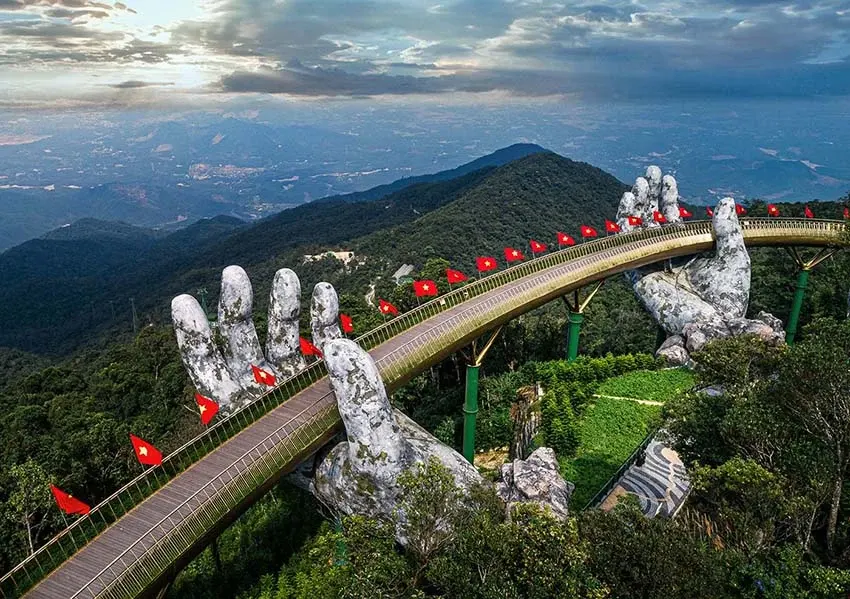
2.2. Rich Culture and History
Venture beyond Vietnam's scenic beauty, and you'll find a nation rich in history and culture. Discover ancient temples, bustling markets, and UNESCO World Heritage sites like the old town of Hoi An – where every alleyway tells a story.
3. Types of Vietnam Tourist Visas
Electronic visa: E visa Vietnam (EV); this type of visa has a validity of 30 or even up to 90 days;
Tourist visa (DL): Exclusively for foreigners entering Vietnam on tours organized by Vietnamese travel companies;
Vietnam tourist visa exemption: Foreigners entering Vietnam to travel under this visa must belong to the subjects eligible for bilateral or unilateral visa exemption of Vietnam.
4. Duration of Vietnam tourist visa
Currently, according to current regulations, a Vietnam tourist visa has a maximum stay of 3 months, specifically as follows:
4.1. 30-Day Single Entry
Valid for one month and allowed to enter multiple times.
4.2. 30-Day Multiple Entries
For the adventurers who like to jump between countries. This visa permits multiple entries and exits within 30 days.
4.3. 90-Day Single Entry
Valid for three months with only one entry into Vietnam
4.4. 90-Day Multiple Entries
Valid for three months and allowed to enter multiple times.
5. Vietnam Visa Exemption Countries & Duration
Certain nationalities are blessed with visa-free entry for specific durations. Researching this can save both time and money.
Effective August 2023, individuals holding regular passports from 25 different countries are eligible for visa-free entry into Vietnam for varying durations of stay. Below is the complete list of countries and their respective visa-free Duration:
| – Belarus (45 days) | – Laos (30 days) |
| – Brunei (14 days) | – Malaysia (30 days) |
| – Cambodia (30 days) | – Myanmar (14 days) |
| – Chile (90 days) | – Norway (45 days) |
| – Denmark (45 days) | – Philippines (21 days) |
| – Finland (45 days) | – Panama (90 days) |
| – France (45 days) | – Russia (45 days) |
| – Germany (45 days) | – Singapore (30 days) |
| – Indonesia (30 days) | – South Korea (45 days) |
| – Italy (45 days) | – Spain (45 days) |
| – Japan (45 days) | – Sweden (45 days) |
| – Kyrgyzstan (30 days) | – Thailand (30 days) |
| – United Kingdom (excluding BNO) (45 days) |
Source: Gov't increases temporary residence of citizens from 13 countries to 45 days
Visitors to Phu Quoc from foreign countries can stay up to 30 days visa-free if they travel directly and leave for another country afterward.
In cases where foreigners enter through an international border gate of Vietnam (including by air and sea), please stay in the transit area of that border gate and then proceed to Phu Quoc Island. They are also granted visa exemptions under this provision.
Source: Visa exemption means international tourists can visit Phu Quoc for up to 30 days
6. Vietnam tourist visa requirements
Ensure you meet the necessary conditions before planning a visa-free trip. Proper documentation and understanding of rules are crucial. From photos to fees, make sure you have everything in place.
If you want to obtain a tourist visa to visit Vietnam, there are a few things you need to be aware of.
Firstly, ensure that your passport is valid for at least six months from the date you plan to enter Vietnam and has at least two blank pages.
Secondly, you need to provide a photo for your Vietnam visa application. This photo can be either a hard copy or a soft copy, depending on how you choose to apply.
Thirdly, it is essential to complete the Vietnam tourist visa form, which can be done online or on paper.
Lastly, you will need to pay the visa fees.
Additionally, be aware of the regulations outlined in Article 21 of the Law on Entry, Exit, Transit, and Residence of Foreigners in Vietnam to ensure that you stay within all categories where entry will be allowed.
Foreigners using electronic visas must meet the conditions mentioned above and enter through international border gates decided by the Government.
7. How to Apply for a Vietnam Tourist Visa
Let's embark on the application journey.
7.1. Online Application
The digital age solution. Fill out forms, pay online, and get approval all from the comfort of your home.
Vietnam tourist visas are now available for citizens of all countries and territories worldwide. It can be applied yourself at the official Evisa website of the Vietnam Government or through the support of Vietnamese visa service units.
7.2. Via Vietnam Embassy or Consulate
The traditional route. Visit the nearest embassy, submit your documents, and await approval.
Vietnam tourist visa on arrival requires the online application for a visa approval letter and visa stamping at the airport upon arrival.
This visa application was popular when the visa was available for certain nationalities. But now, it should be used when you are in an emergency and cannot get the access issued on time.
If you are planning to obtain a tourist visa on arrival to Vietnam, you should keep some essential things in mind. First, the processing time for the visa approval letter may vary depending on your request. It could take a few working hours or even a few working days.
Another essential thing to note is that you must pay a stamping fee of US $25 at the Vietnam airport upon arrival. Make sure you have the cash ready in advance.
Lastly, it is crucial to remember that you must leave Vietnam before your visa expiry date. Make sure you plan your travel itinerary accordingly to avoid any complications.
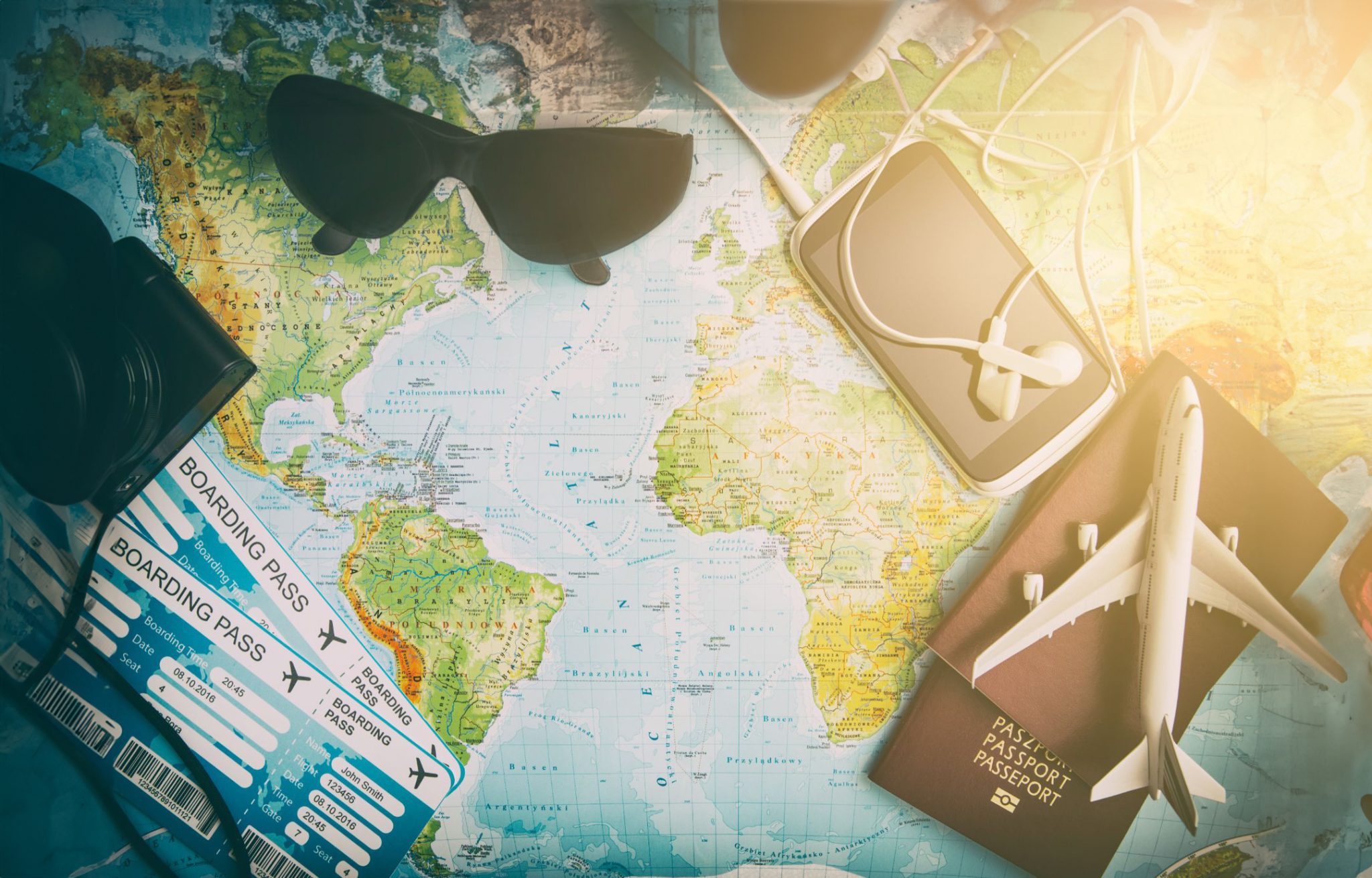
8. Procedure for online e-visa registration
8.1. Steps to register for Vietnam e-visa
Step 1:
Foreigners access the Electronic Visa Information Page under the Portal of the Ministry of Public Security to enter information for the electronic visa application, upload a portrait photo, and a passport personal details page. After completing this step, the system will provide foreigners with an electronic application code.
Public Service Portal Ministry Of Public Security: Vietnamese version and English version
Visa registration link: Here (Vietnamese Government website)
Step 2:
Pay the visa fee to the specified account on the Electronic Visa Information Page, the National Public Service Portal, or the Ministry of Public Security's Public Service Portal after receiving the electronic application code from the immigration management agency.
Submission Hours: 24 hours/7 days.
Reception Hours: From Monday to Saturday weekly (excluding holidays and Tet).
Step 3: Receive Results
Foreigners applying for an electronic visa use the electronic application code to check and print the electronic visa results on the Electronic Visa Information Page.
Delivery Time: Monday to Friday weekly (excluding holidays and Tet).
8.2. Processing Time
Online:
+ Submit applications online through the Electronic Visa Information Page, the National Public Service Portal, or the Ministry of Public Security's Public Service Portal.
+ At most three working days from receiving complete information for the electronic visa application and fee.
9. Vietnam Tourist Visa Cost
$25 (Single-entry visa: $25 per electronic visa)
$50 (Multiple-entry visa: $50 per electronic visa)
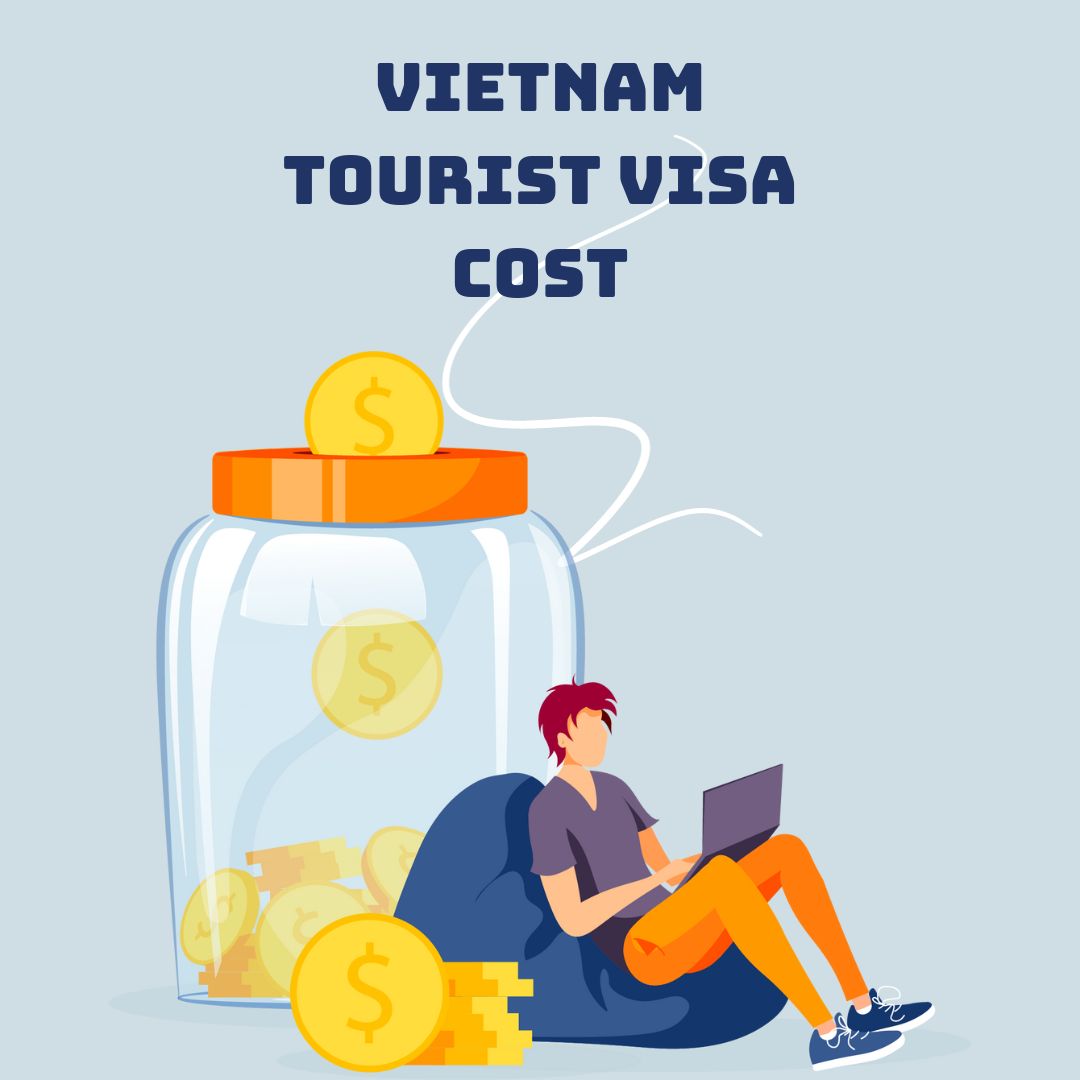
10. Essential Tips for First-Time Visitors in Vietnam
Being prepared is half the journey.
10.1. Respecting Local Customs
When in Rome, do as the Romans do. Or, in this case, as the Vietnamese do. Understand and respect local traditions and customs.
10.2. Safety and Health Precautions
Vietnam is generally safe, but it's always good to be prepared. You can purchase travel insurance before traveling to any new location, and Vietnam is no exception.
Stay updated on recommended vaccines and carry essential medicines.
10.3. Check the information on the visa
When verifying the details on a visa, it's crucial to pay close attention to the following elements:
- Personal Information: Check that your name, date of birth, and other personal details on the visa match your passport exactly. Any discrepancies can cause issues during your travel.
- Visa Type: Ensure that the type of visa issued (e.g., tourist, student, work) corresponds to your intended purpose for visiting the destination.
- Validity Dates: Verify the visa's start and expiration dates. Make sure you do not stay beyond the permitted duration, as overstaying can lead to legal consequences.
- Passport Number: Ensure that your passport number on the visa matches your current and valid passport.
- Entry and Exit Requirements: Understand any specific entry and exit requirements or restrictions associated with your visa, such as multiple entries or special conditions.
- Conditions: Check for any specific conditions mentioned on the visa, such as work restrictions, location limitations, or additional documentation requirements.
- Visa Number: Confirm that the visa number is correctly stated and matches the official records.
- Issuing Authority: Verify the name and authenticity of the authority that issued the visa. Beware of counterfeit visas.
- Photograph: Ensure that your visa photograph is a recent and accurate representation of your current appearance.
- Additional Documents: Be aware of any additional documents or permits required to complement your visa, such as a letter of invitation or medical clearance, depending on the visa type.
- Visa Stamps: Check for any entry or exit stamps that may have been applied when you previously used the visa.
- Visa Fees: Verify that you have paid all necessary visa fees and have proof of payment.
If you find any discrepancies or errors on your visa, it's essential to contact the issuing authority or the relevant embassy or consulate as soon as possible to rectify the issue. Ensuring the accuracy of your visa information is crucial to a smooth and trouble-free travel experience.
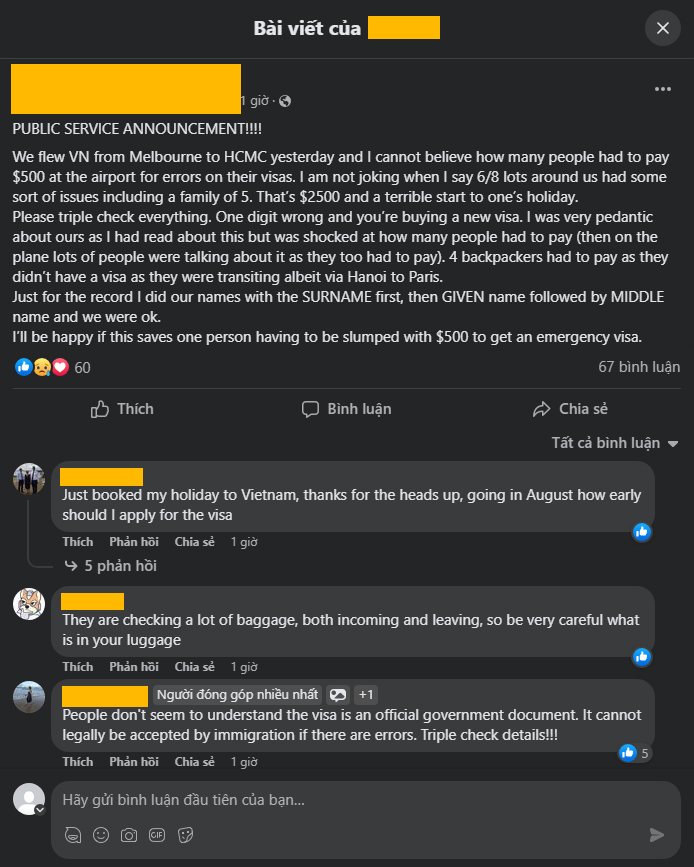
11. How to extend a Vietnam tourist visa?
Currently, a Vietnam tourist visa cannot be extended in Vietnam. Many travelers opt for a visa run to remain in Vietnam after it expires.
Those wishing to stay in Vietnam longer than the visa exemption period can choose from the following two options:
+ Enter Vietnam under the visa exemption scheme, then exit to a neighboring country (such as Thailand, Cambodia, or Laos) when the visa exemption period expires and return with a new visa exemption status. This method of extending stay is called a Visa Run.
+ Apply for a 90-day Vietnam visa for entry.
12. Conclusion
Vietnam tourist visa bridges international tourists and tourist destinations in Vietnam. Applying for a tourist visa to Vietnam is a simple process that allows travelers to explore the country's rich culture, stunning landscapes, and vibrant cities.
Whether you plan to visit historical sites in the capital city of Hanoi, relax on the beautiful beaches of Da Nang, or explore the bustling streets of Ho Chi Minh City, having a tourist visa is suitable. Compatibility is essential.
Remember to plan, gather all necessary documents, and apply for your visa before your intended travel date to ensure a smooth and hassle-free experience. Vietnam welcomes tourists from around the world, and with the right key in hand, you can embark on an unforgettable journey through this enchanting Southeast Asian destination. I am wishing you a happy visit to Vietnam!
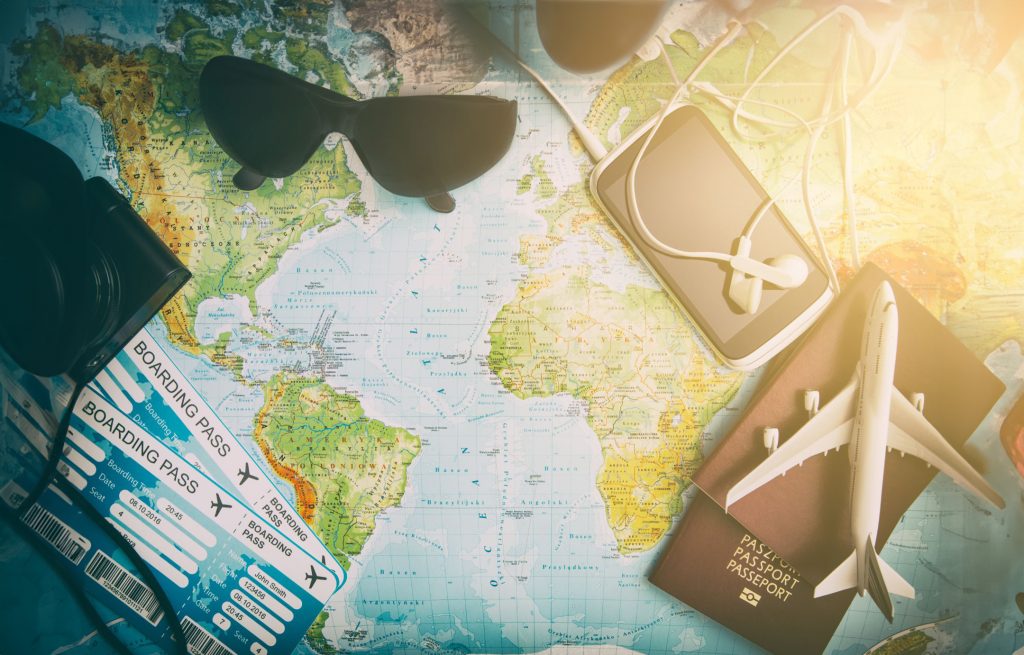



nice post